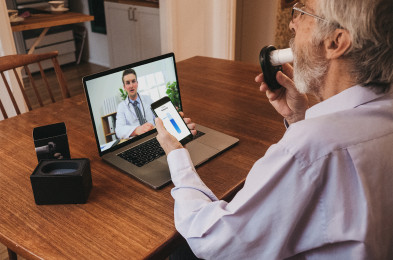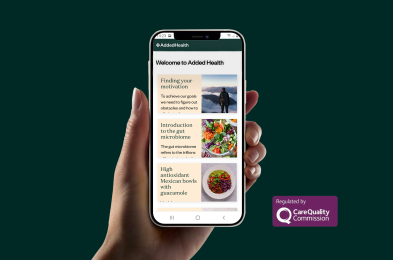 Innovation in development
Innovation in development
COVID-19 Digital Support Assistant by Hilltop
The Problem:
The Healthy London Partnership has developed a Digital Support Assistant (chat-bot) that allows citizens to access community based assets such as the voluntary sector and community link-workers, that are most likely to meet their non-clincial needs.
About
1. Aims
Our primary aims are to:
1.1 Give people who are highly vulnerable to COVID-19 immediate access to personalised and quality assured non-clinical (non-NHS) support that can keep them safe and well at home, and also help to relieve critical demand pressures on the NHS.
1.2 Offer proactive support for people with multiple health and other problems to self-manage their own health and stay well over the longer-term transition from the COVID-19 pandemic to ensure we flatten a potential future demand curve caused by deterioration or exacerbation of chronic conditions caused by social distancing and self-isolation coupled with other health harming social conditions e.g. unemployment
Our approach is underpinned by:
1.2 A focus on ensuring patient safety;
1.3 Achieving this as the lowest viable unit cost to allow for broad population coverage.
2. The service
The service has seven components as set out below: our particular focus is on 2.5 and 2.6.
2.1 Identify people at high risk from COVID-19, ideally through use appropriate risk stratification tools (e.g. i5 Health Outcomes Predictive Modelling for COVID-19) and engage them through centralised, mass SMS and email;
2.2 Offer reliable information and advice on actions to take to reduce exposure;
2.3 Provide access to a symptom checker;
2.4 Offer a risk stratification tool, based on current medical problems;
2.5 Facilitate access to non-clinical support opportunities including online resources, volunteers and community-based services;
2.6 Enable effective local fulfilment, to address people’s different support needs;
2.7 Generate data for continuous monitoring and improvement.


